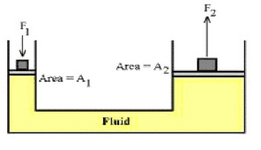fishnfacts
Full Member
- Mar 26, 2014
- 183
- 220
- Detector(s) used
- BH Disc 2200
- Primary Interest:
- All Treasure Hunting
Just a thought on my part as I plan on ordering a 36' Prospector in the upcoming weeks.
Put a couple of these sluices in the hands of some of Tnets most recognized prospectors, I.E. KevininColorado, Foweledup, and Goldpan Dave. Let them be your test market and then when they report to everyone you can become a sponsor and sell the crap out of them or fall by the wayside. Not trying to be an A$$#0!& just saying this would be the best way to answer everyone's questions about your sluice.
148 posts, 148 likes. I must know a little about what I am saying. LOL
Put a couple of these sluices in the hands of some of Tnets most recognized prospectors, I.E. KevininColorado, Foweledup, and Goldpan Dave. Let them be your test market and then when they report to everyone you can become a sponsor and sell the crap out of them or fall by the wayside. Not trying to be an A$$#0!& just saying this would be the best way to answer everyone's questions about your sluice.
148 posts, 148 likes. I must know a little about what I am saying. LOL
Amazon Forum Fav 👍
Last edited:


![IMG_1439[1].JPG IMG_1439[1].JPG](https://www.treasurenet.com/data/attachments/1099/1099644-bd14a99c978fb174112a3f6533975197.jpg)





